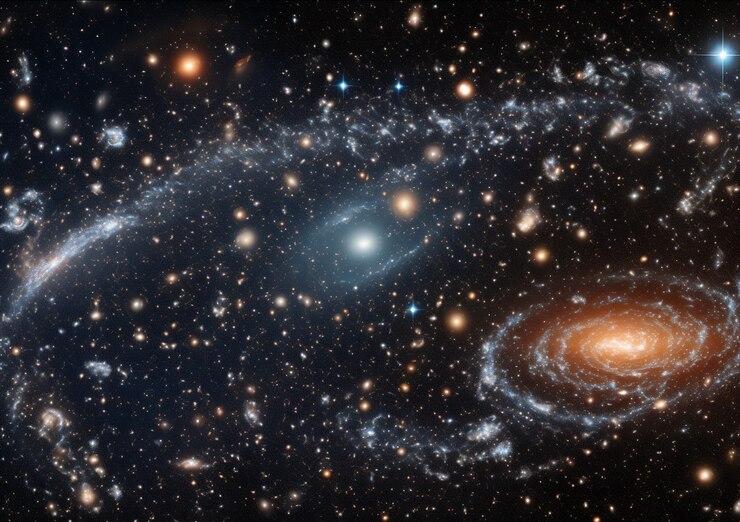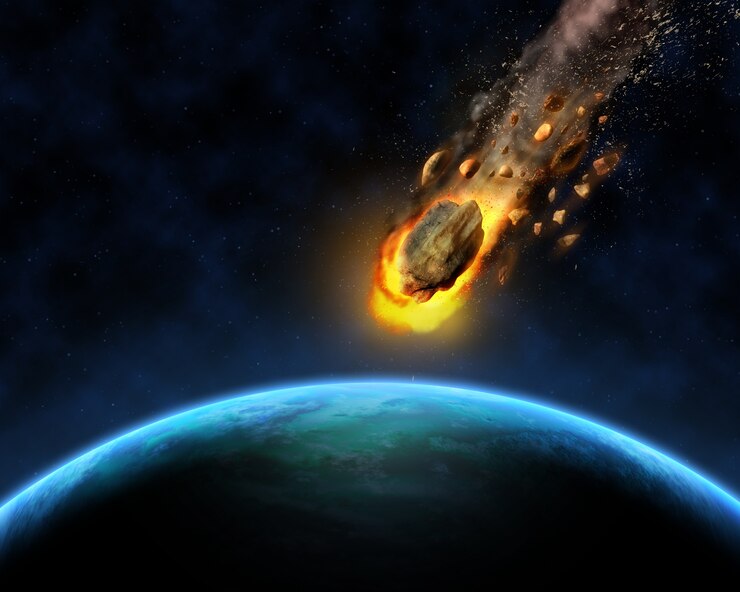Let's imagine a star slightly more massive than the Sun, in the final stages of its life, whose mass is collapsing towards its core. There comes a moment when the pressure on it becomes too intense, and the star explodes in a supernova. But it doesn't disappear. A very compact remnant remains, and if the gravitational collapse continues, a black hole is eventually formed.
Black holes, according to their mass, are classified into four types: supermassive, intermediate-mass, stellar-mass, and micro black holes. Stellar-mass black holes form when the core of a very massive star collapses in on itself. This collapse also triggers a supernova.
Our own Milky Way also has its own giant black hole at its center. It is located 26,000 light-years from the Solar System, in a region called Sagittarius A, and has a mass equal to 4 million suns.
Source: Chile Mobile Observatory - Marca Chile
Photo: ALMA Observatory



